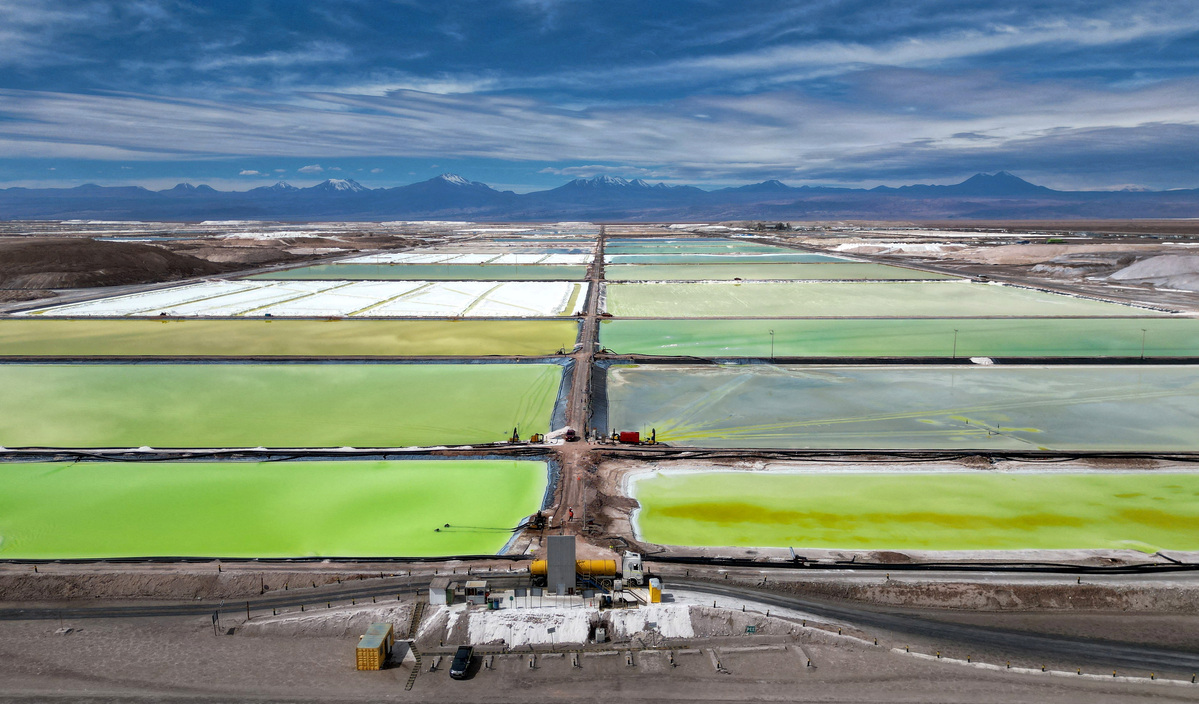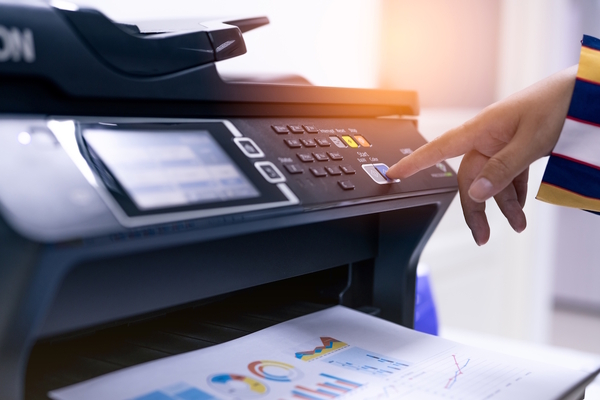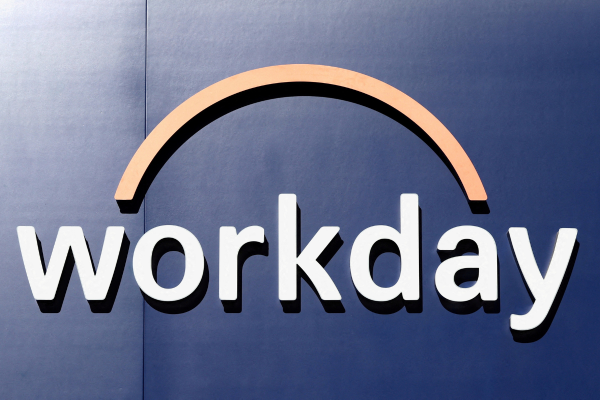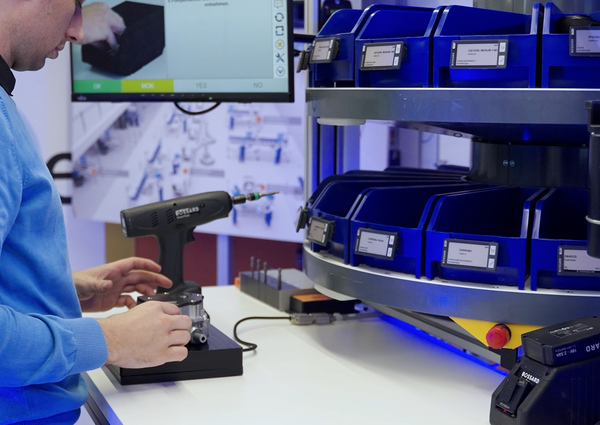Rio Tinto's Chile deals bet on unproven technology and lithium price bounce

By Daina Beth Solomon and Clara Denina
SANTIAGO (Reuters) - Global miner Rio Tinto will tackle one of the biggest technological challenges in the lithium industry as it takes the lead in Chile’s first major projects involving the battery metal in years, alongside state-run mining companies Codelco and ENAMI.
Codelco’s Maricunga project and ENAMI’s Altoandinos project represent a new pivot in Rio’s lithium ambitions and a turning point for Chile, which for many years had only two companies - Chile’s SQM and U.S.-based Albemarle - extracting the metal that powers electric vehicles.
Rio will spearhead the operational side of both projects, with nearly 50% ownership at Maricunga and 51% at Altoandinos.
The plans came the same week that Rio announced on Thursday the surprise departure of its CEO Jakob Stausholm, who led the miner’s big bets on lithium, later this year.
As Rio raises its profile in lithium, a major challenge will be deploying new technology, called direct lithium extraction, or DLE, to separate the ultralight metal from salty brine liquid. It is meant to be more environmentally friendly and efficient than conventional methods, industry experts say, but has yet to be proven widely in the industry and has never been used in Chile at commercial scale.
The technical challenge comes against a backdrop of uncertainty for lithium prices, which have fallen nearly 90% since late 2022 due to oversupply and weak demand for EVs.
"Scaling it in line with global demand timelines remains uncertain," said Nicole Porcile, a partner at mining consulting firm Anagea. "The ability to deliver at scale, efficiently and reliably will be a decisive factor in the project’s competitiveness and investor confidence."
Rio has a DLE pilot plant at its Rincon project in Argentina, and recently acquired U.S.-based Arcadium, which employs a mix of DLE and traditional extraction methods.
That DLE know-how gave Rio an edge over three final competitors to partner with copper giant Codelco, said a person familiar with the Maricunga deal. Still, Rio and Codelco must now hammer out which kind of DLE will work sustainably and effectively at Maricunga, one of the world’s most lithium-rich salt flats.
"That’s certainly the goal: to develop and operate this in the most environmentally friendly manner possible because Codelco is well aware that they’ll be under the microscope," the person said.
Codelco’s search for a Maricunga investor attracted Middle Eastern, Chinese and Western companies, the person added, speaking on condition of anonymity because the talks were private. Construction is expected to start in three to five years, once environmental permits are updated.
Codelco has proposed a gradual transition to DLE, but Rio Tinto is aiming to use DLE from the start, with lower costs relative to other DLE projects, said a second person familiar with the matter.
ARGENTINA EXPERIENCE
Rio told Reuters its Argentina experience provided strong footing for future projects.
"We are therefore confident in the application of our technology to Maricunga and potentially to other lithium salt flats in Chile," a spokesperson said.
Rio will spend up to $900 million at Maricunga, and lead design, construction, operation and sales. At Altoandinos, it plans to initially contribute $425 million to the project to fund studies required before a final investment decision.
Rio is the only major mining company to bet heavily on lithium, accelerating its push with a second deal in six months at a time of low market prices.
"We have not heard from investors that they want to see further investment in lithium," RBC Capital Markets said in a note.
Codelco hired investment bank Rothschild to scout for candidates for the Maricunga project. And at the same time, it is set to soon close a deal to partner with Chile’s SQM at the Atacama salt flat.
Benchmark Minerals analyst Federico Gay noted that Rio and Codelco will have to carefully prioritize. "Too many fronts (are) open for both companies, in a moment when justifying large investments for lithium is challenging."
Rio, which could be granted an intellectual property permit if its DLE technology is used for the project, will hold a majority of seats on a technical committee with Codelco, and will move to a 50-50 split once production begins, according to a filing with Chile’s financial regulator.
ENAMI ran its own selection process separately, attracting bids from Chinese electric vehicle maker BYD, French miner Eramet, and South Korean steel group Posco, as well as financing proposals from China’s CNGR Advanced Material Co Ltd and South Korea’s LG Energy Solution.
(Reporting by Daina Beth Solomon in Santiago and Clara Denina in London; Editing by Rod Nickel and Jamie Freed)

Business Reporter Team
You may also like
Most Viewed
Winston House, 3rd Floor, Units 306-309, 2-4 Dollis Park, London, N3 1HF
23-29 Hendon Lane, London, N3 1RT
020 8349 4363
© 2025, Lyonsdown Limited. Business Reporter® is a registered trademark of Lyonsdown Ltd. VAT registration number: 830519543





